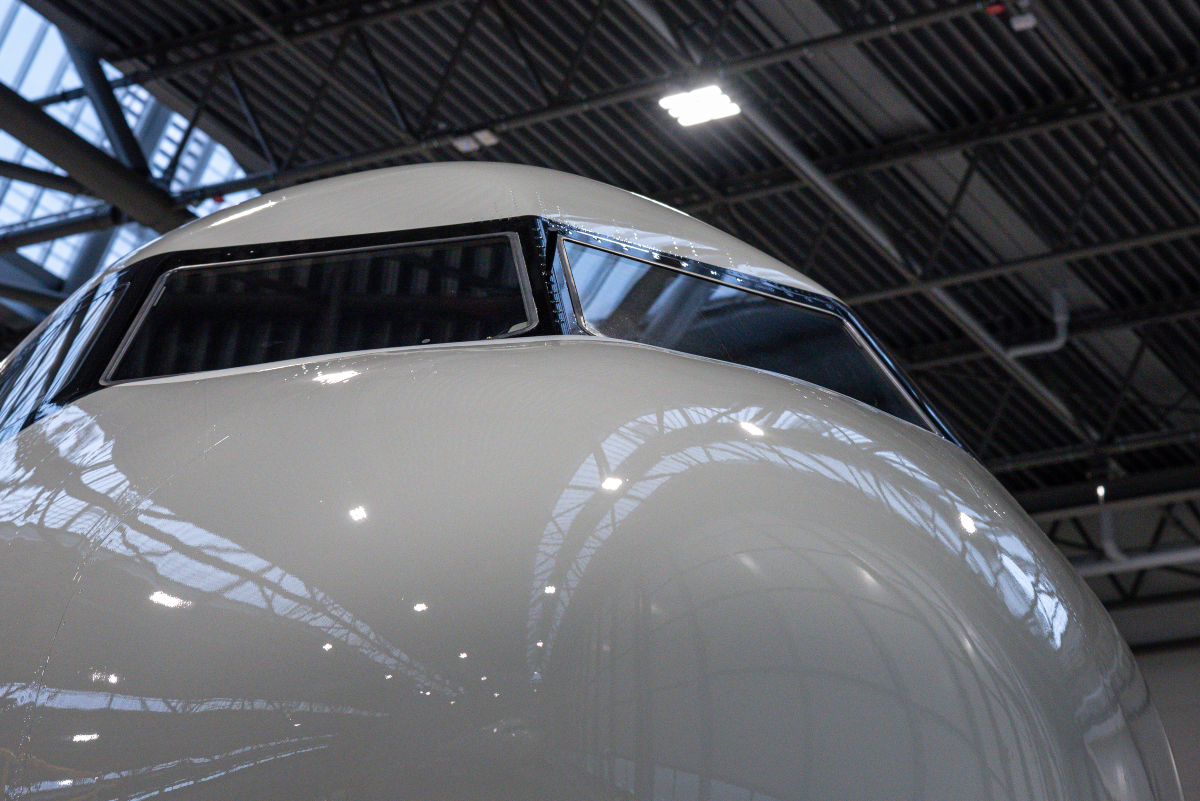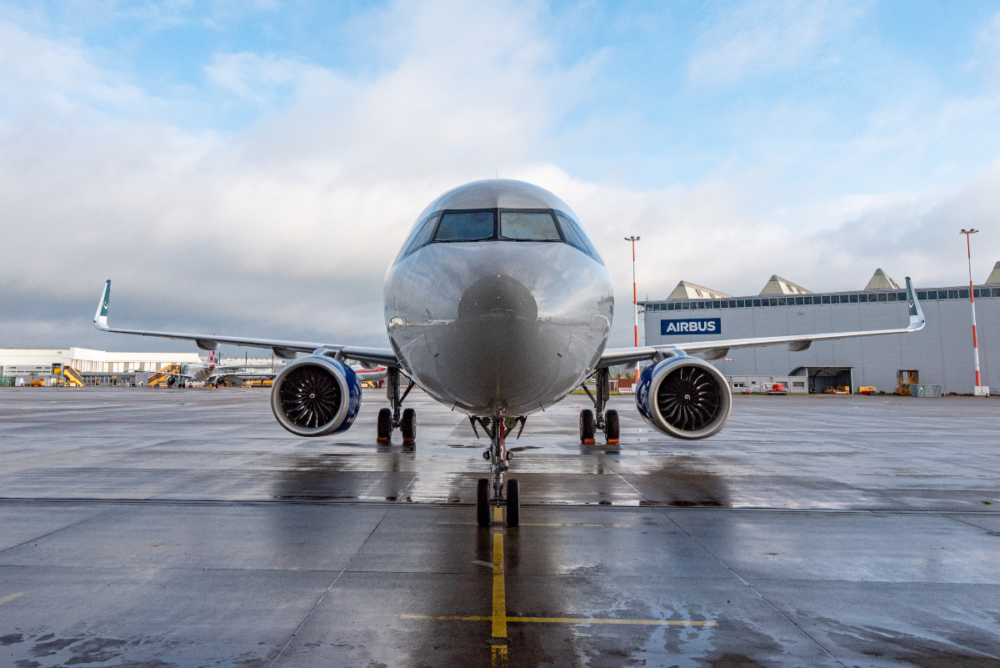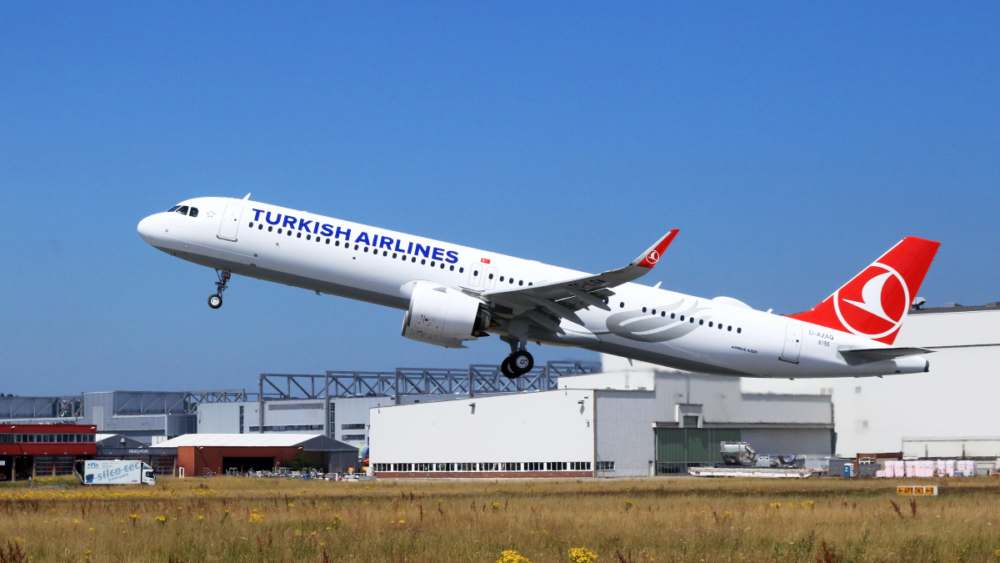Several years ago, Airbus introduced what it called "cabin flex." Airbus worked out it could increase the number of passengers its A321neo could fly by tinkering with the location, layout, and number of emergency exit doors.
Cabin flex allows up to 240 passengers on an A321neo
The Airbus cabin flex concept allows customers to squeeze up to 240 passengers onto an A321neo. That's the aircraft's densest possible configuration and involves Airbus changing the number of exit doors and modifying the rear fuselage section.
When the first A321 took flight, it had a maximum passenger capacity of 220 passengers. The cabin flex concept allows operators to squeeze those 20 extra passengers onboard. The first A321neo in cabin flex mode took flight in 2018.
"Compared to the previous A321 variant, the most visible modifications are a new rear section and a modified passenger door configuration," said Airbus before sending that plane to Turkish Airlines.
Core to the cabin flex concept is the number of exit doors and the ability of passengers to easily access them in an emergency. Traditionally, the A321 has four exit doors along each side of the aircraft - a forward door, doors just forward and aft of the wing, and a rear door.
Stay informed: Sign up for our daily and weekly aviation news digests.
Location of emergency exit seats matter on an aircraft
The location of those doors is based on the anticipated distribution of passengers on the plane. An operator's chosen cabin configuration will influence that. Turkish Airlines decided to fit 182 seats onto their first cabin flex plane. The airline elected on a 162 seat economy class cabin and a 20 seat business class cabin.
In this case, Airbus and Turkish Airlines removed the door located forward of the wing and installed overwing emergency exits in the center section. Why? A business class cabin takes up more room per passenger, meaning fewer passengers up the front of the aircraft and a lesser need for exit doors there.
Instead, the bulk of the passengers are seated over the wing and towards the plane's rear in the economy class cabin. This is where the extra exits went.
In the all-economy class 240 passenger configuration, the plane (theoretically) has passengers evenly spread throughout. Under the cabin flex concept, the plane would have five exit doors on each side. This includes the forward door, the two overwing doors, the door aft of the wing, and the rear door. Closed is the door forward of the wing. By facilitating easy and speedy access to exits, operators can install more seats.
The ability to reconfigure doors allows for customer flexibility
The traditional A321 layout accommodating 220 passengers sees the overwing doors kept permanently closed. If customers decide to operate with lighter maximum loads, as is the case with Turkish Airlines, what doors open and what doors stay closed change again.
"The ability to reconfigure doors is developed to provide in-service flexibility to our customers," Airbus Senior Vice President of Marketing François Caudron told Runway Girl.
"On its own, we could do it overnight, but in reality, a customer is likely to change the door's configuration when changing the cabin configuration.”
The cabin flex concept has spread beyond the A321neo. If an A380 customer has the entire upper deck filled with business class seats, there are fewer passengers up there per square meter and a reduced need for emergency exit doors. Alternatively, if you cram in economy class passengers on both decks, you'll need more doors.
Airbus's cabin flex concept offers customers a degree of flexibility and customization at a relatively low cost. It allows Airbus to broaden its product offering without going to the expense and time of introducing new aircraft models.



